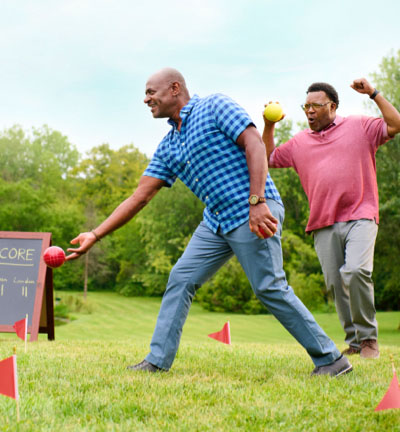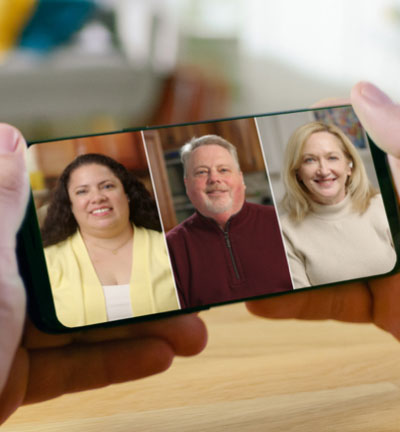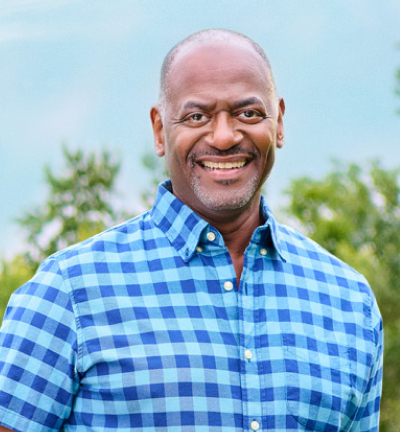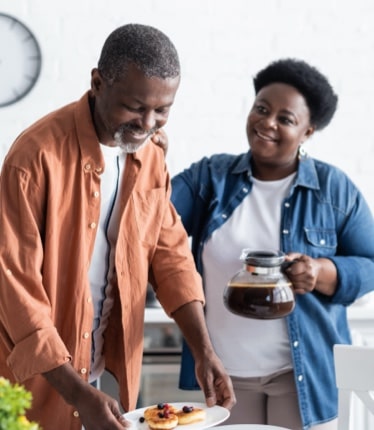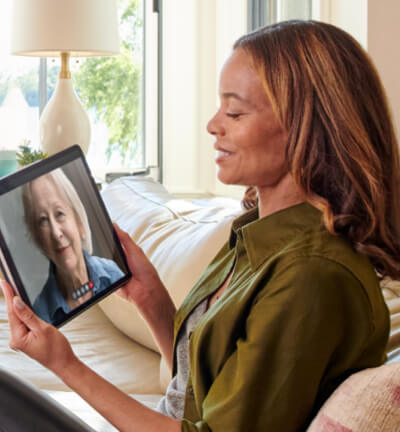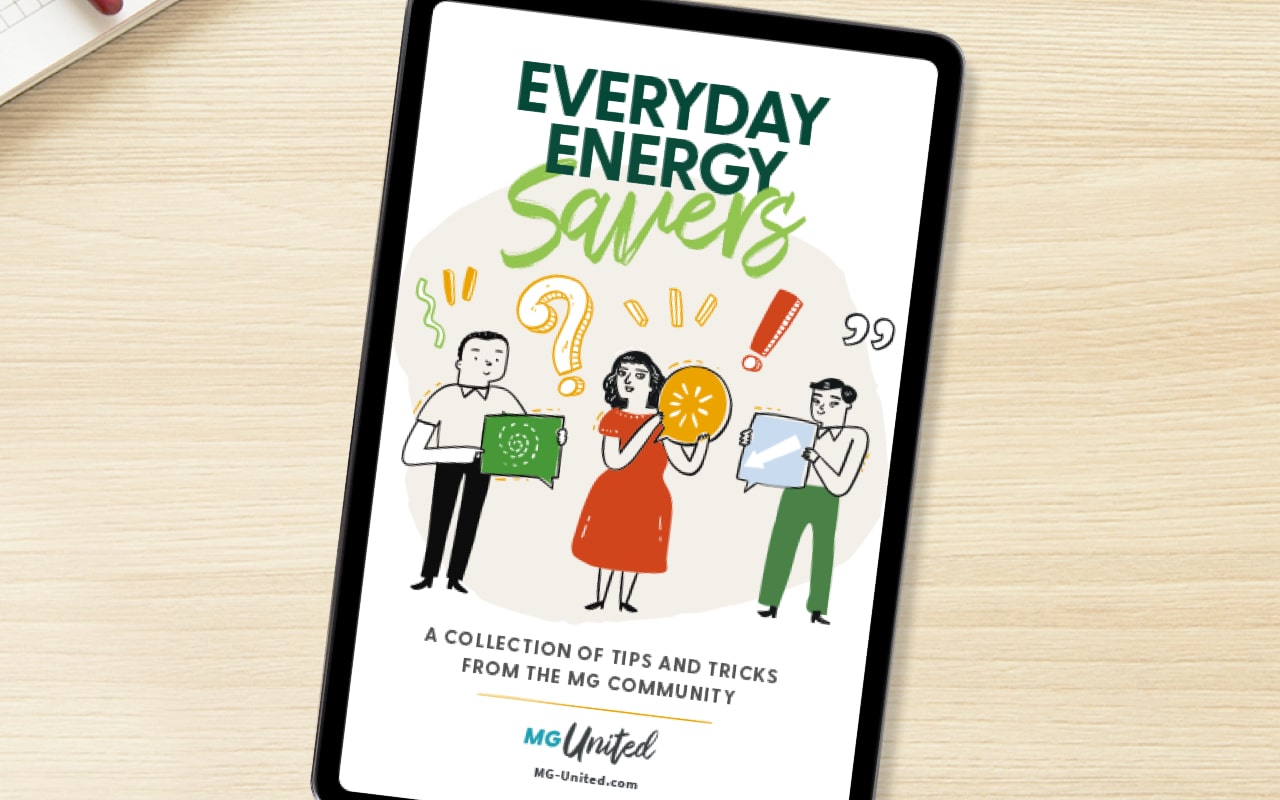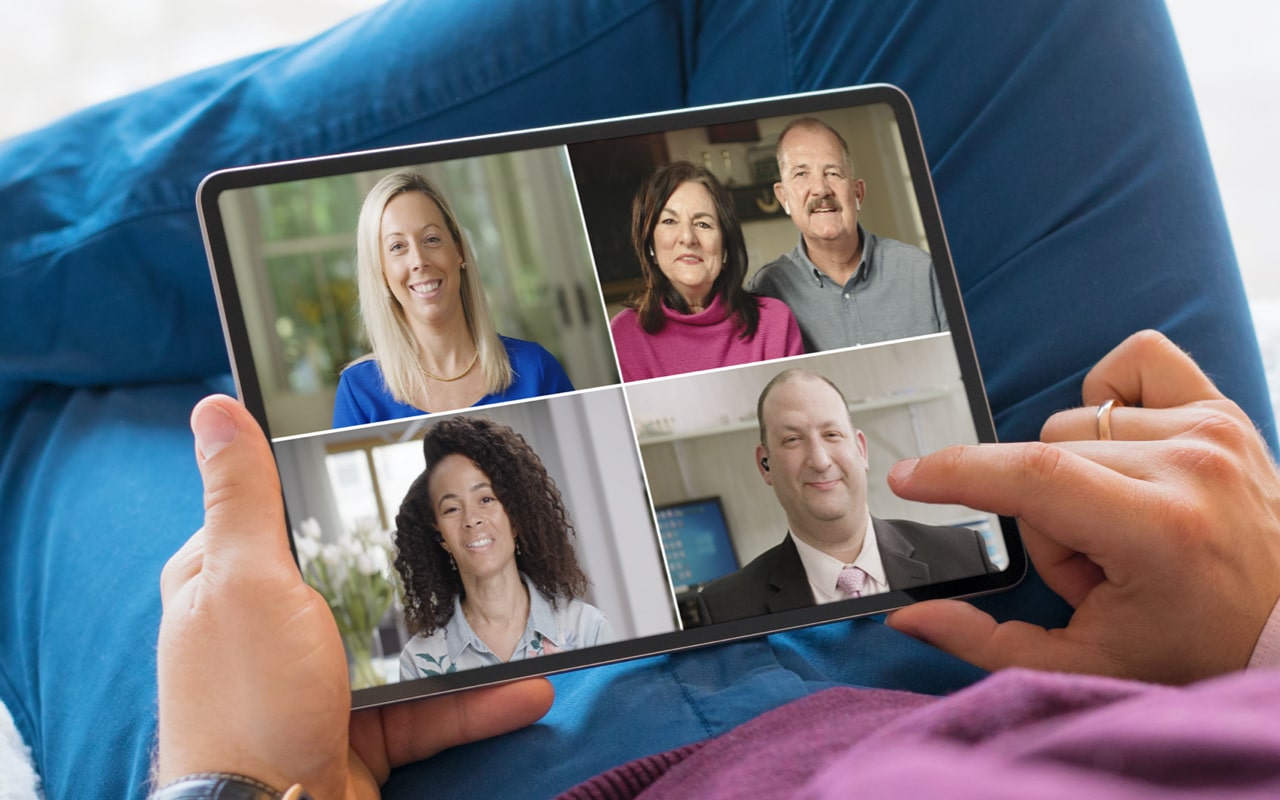An “invisible illness” can make asking for help harder than it already is.
When a person is sick but doesn’t “look” ill, it may be harder for other people to understand and empathize with how they’re feeling. This may lead someone to internalize their struggles and hesitate to ask for help when they need it. Two myasthenia gravis (MG) community members, Bryan* and Leah,* discuss their experiences living with an “invisible illness” as well as the strategies they use to ask for help confidently.
Need for Change
In 2014, Bryan began to notice changes at work. He felt muscle weakness when putting things on shelves and moving boxes, but he didn’t want to ask for help. He was reluctant to call attention to it, so he tried to ignore it.
In 2017, he was diagnosed with myasthenia gravis and two years later, after his second crisis, he realized that he could no longer ignore symptoms or try to do everything himself. It wasn’t an easy decision for him to make, but he knew asking for help from his partner and mom was essential for his health and well-being.
“For me, the more energy I can conserve the less likely I’m going to be in that situation again,” said Bryan of his second crisis.
Katie Willard Virant is a psychotherapist living with a chronic illness who works with others in similar situations.
“There's a lot of shame around the idea of ‘I do need help,’” she said. “Also, there’s the anxiety about being different and being perceived as different.”
This is something Leah understands all too well. She was diagnosed with myasthenia gravis in April of 2015 and now runs a Spanish support group. She, too, says asking for help wasn’t always a conversation she wanted to have. “Being independent for so many years and now I’m on permanent disability has been very challenging,” she recalls. “So, it’s one day at a time...it’s an adjustment.”
Asking for help could go against a lifetime of learning. In fact, too many people were raised to believe self-sufficiency is superior. “I used to be stubborn, and I never asked for help, it was something that was really difficult to train myself to do,” said Bryan. “I grew up that way, it was something that didn't happen in my household. We didn't ask each other for help.”
Unpacking and eventually deprograming that mindset can be challenging. “In our culture, the gold standard is to be independent,” Katie said. “I think that illness throws all of that up in the air. To see people vulnerable, to know that people are vulnerable, reminds everybody that we as humans are vulnerable. We are in fact interconnected. It is a myth. We can’t do it alone. We need each other.”
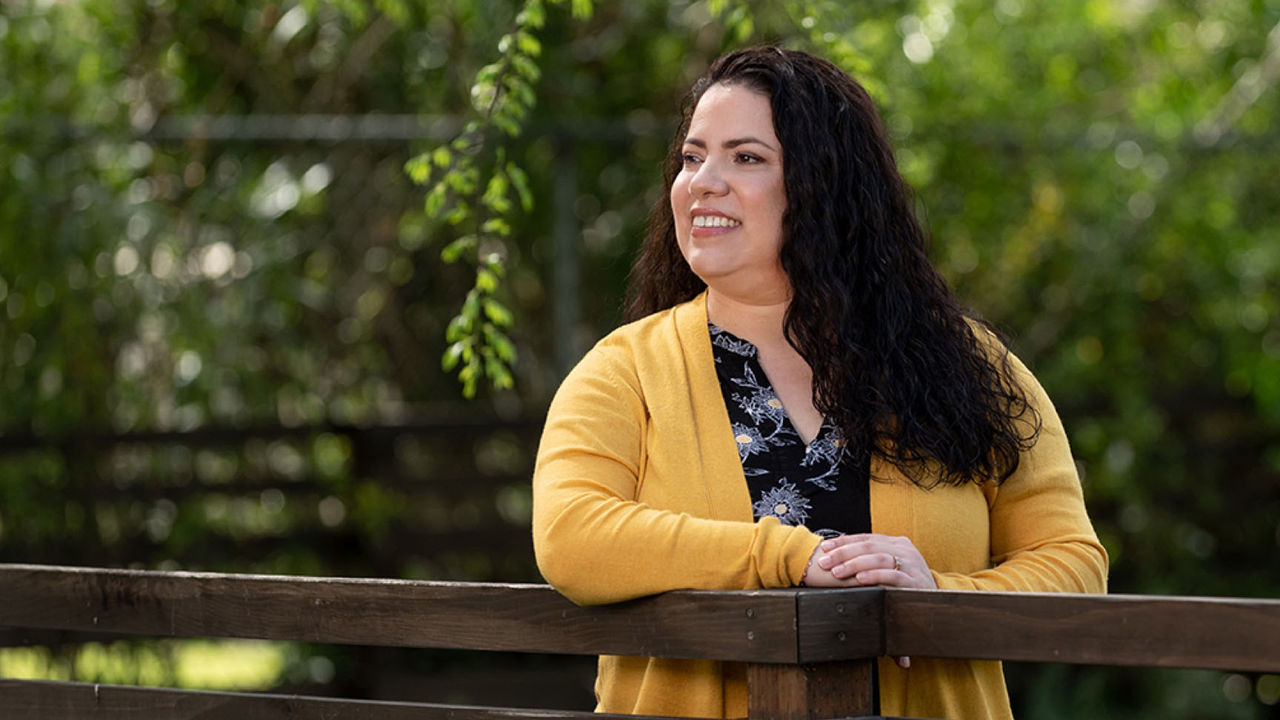
Invisible Doesn’t Mean Non-Existent
You aren’t alone. This fear of being judged can also dissuade someone from asking for help when they may not “look” like they need it.
One way this shows up in Leah’s life is with her disability placard, a small sign she hangs in her car to indicate she has a disability. “Because of the weakness that we get with MG, I have a disability placard. Sometimes when I’m getting out of my car, I feel like I need to have crutches or I need to be in a wheelchair for people to understand,” Leah said. “They look at me like I’m too young or don’t look sick.”
Bryan, who has faced similar judgmental situations, adds that some people feel the need to fit everyone into a box. “We put labels on things that shouldn’t have labels…honestly, there should just be inclusion of everyone.”
Know Your Worth
One way Leah works to prioritize her health is to listen to her needs. She uses the disability placard in her car as an extra precaution to save her energy. Sometimes walking while at the grocery store is her exercise for the day and sometimes it’s too much and she chooses to rest in the car while her husband checks out at the register.
“It does not mean you are a weaker person,” said Leah. “It just means that you are adjusting to your life the way it is now with MG and asking for help is important.”
Katie wants people living with MG to focus on their worth. “A lot of times people with illness can feel so guilty for needing extra support, needing more rest, needing to cancel at the last moment, needing various accommodations and needing something does not mean that you are a taker,” she says. “I like people to reflect on their value and the way they provide value in relationships.”
First of all, don’t listen to what other people say...And second, learn how to ask for help.
Put Yourself First
So, how do you start asking for help? Consider a shift in your mindset.
“First of all, don’t listen to what other people say, you are who you are, care about you,” said Leah. “And second, learn how to ask for help, even though it can be challenging, and speak up about taking breaks when you need them.”
Katie offers some tips on what she believes helps break down that stigma and may even strengthen communication skills. Role-playing can be a great way to start practicing. With a trusted friend or relative, try acting out what you’d say when asking for help. Consider going for a walk while pondering the topic or journaling. Both activities may help you uncover and process any complicated feelings. Be sure to check in with your body while doing so. Slowly, you can start dealing with any difficult feelings that come up. Another great option may be working with a therapist.
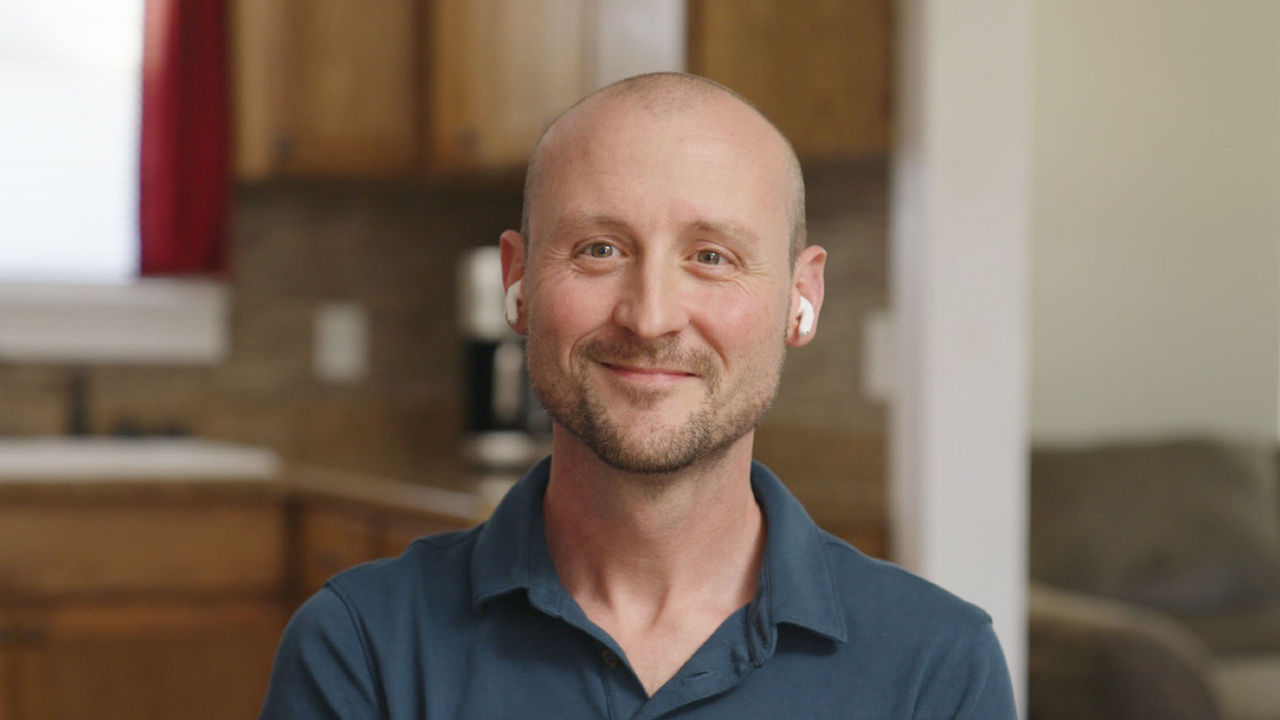
“I really had to open up to a therapist. I needed somebody who was unbiased that could help me work through my own issues in order to be able to ask for help,” Bryan said.
And when you’re ready, if you feel inclined, opening up may help chip away at that stigma, too.
“I think talking about it, through social media and interviews, hearing patient voices, people having their own blogs, their own Instagram accounts, more of an openness, a visibility about making invisible illnesses visible is really changing things,” said Katie. “I think that the more that people stand up to be counted, and say ‘Yes, this is me, this is my experience,’ It does become more of the norm and that visibility makes it less anxiety-inducing for the culture in general.”


